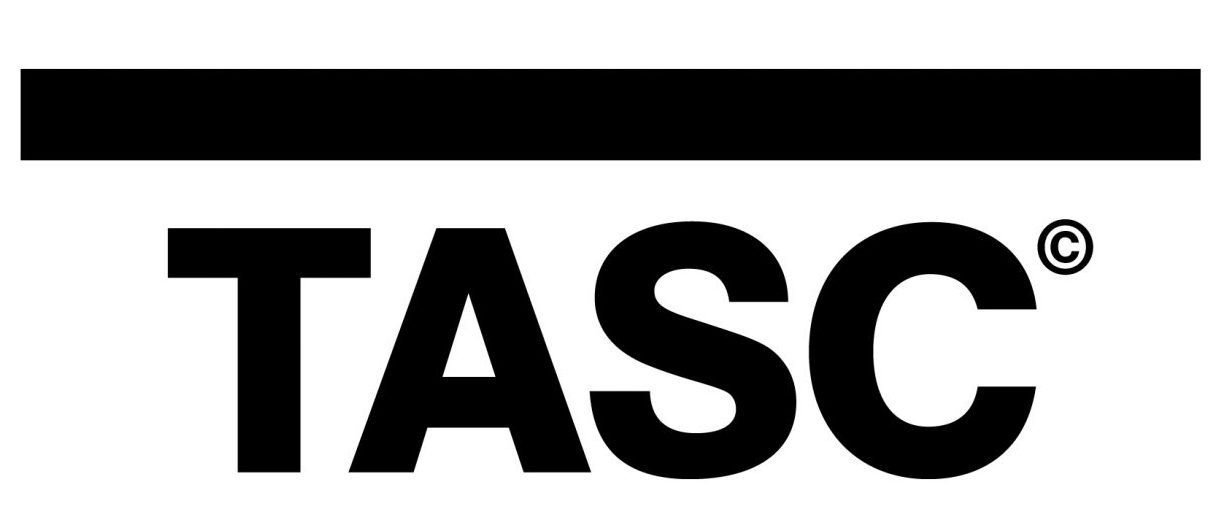The increasing availability of product environmental information provides an opportunity for consumers to choose more sustainable products and for designers to be rewarded for selecting more sustainable materials. Here are some tips on how to do this.
Look at the packaging of the next product you buy and in a lot of cases you will find some information about the environmental impacts of the product. Some of this is basic information about how the product should be recycled at the end of its useful life. An increasing number of products display more sophisticated environmental data such as an eco label, the amount of recycled content in the materials used, or details of the product’s energy efficiency or carbon footprint.
The number of products displaying an eco label is set to increase over the coming years as companies introduce their own eco labels and organisations such as the European Commission and national governments expand the scope of existing eco labelling schemes and introduce new regulation, such as the Grenelle 2 law.
Choosing sustainable products
The rise of eco labels has implications for everybody, as we are all consumers, but there also specific implications for anybody involved in the design of products and the selection of materials.
As consumers, eco labels provide the opportunity to reduce the environmental impact associated with the products we buy by using the information in the label to influence our purchase decisions. However, consumers should be wary of ‘green wash’ – attempts by manufacturers to promote certain environmental credentials of a product to divert attention from other, more significant, environmental impacts. For example, if a car manufacturer wants to tell you about renewable energy used at their production plant rather than the fuel efficiency of their cars, the alarm bells should be ringing.
Here are a few tips to help you avoid being tricked by green wash and make more sustainable product choices by:
- Having a basic understanding of the lifecycle of products and the impacts products they have on the environment from material extraction through to disposal.
- Look for eco labels that provide credible, science-based environmental information such as the European Union’s Eco Label, the Carbon Trust’s Carbon Label, or the US EPA’s Energy Star label.
- Make use of tools such as GoodGuide which provides an independent assessment of the environmental, social and health impacts of products and is available and a web-browser plug-in and a smartphone app.
Choosing Sustainable Materials
As designers, eco labels and the publication of product environmental data provide an opportunity for you to differentiate your product based on its environmental performance. One way to improve the environmental impact of your product is by choosing more sustainable materials. But as we have already heard in this blog series, there is no such thing as a ‘sustainable material’! So unfortunately there is no catalogue of sustainable materials for you to choose from. What you can do is to try to choose the most sustainable material for your application. I therefore encourage you to focus on the sustainable use of a material for a given application, rather than trying to find a ‘sustainable material’.
For both consumers and designers, the trend towards displaying more information about the environmental impacts of a product should be seen as an opportunity to move towards more sustainable products, a more sustainable use of materials, and a more sustainable future.
—
Post from Hello Materials
